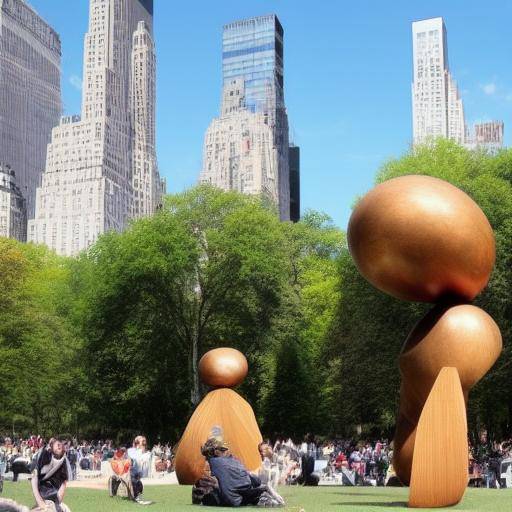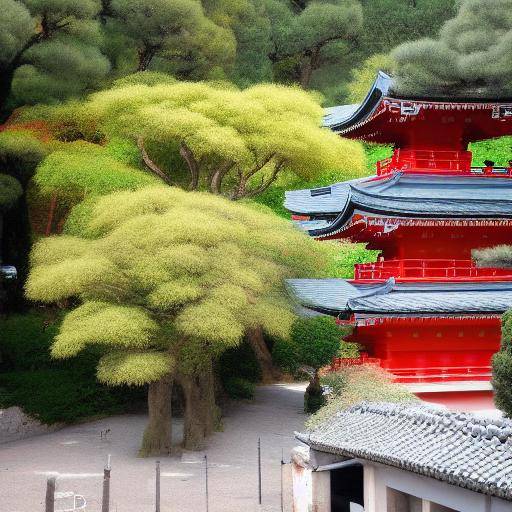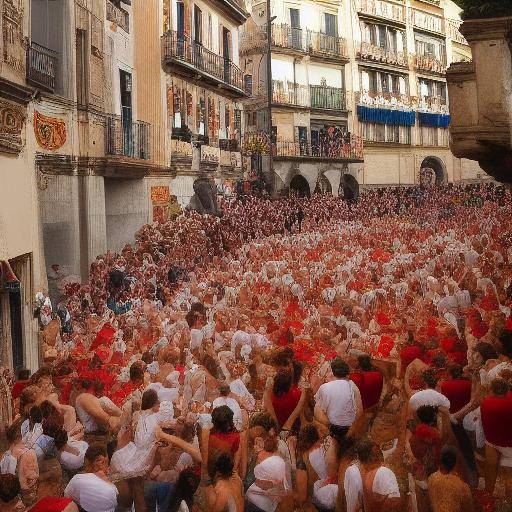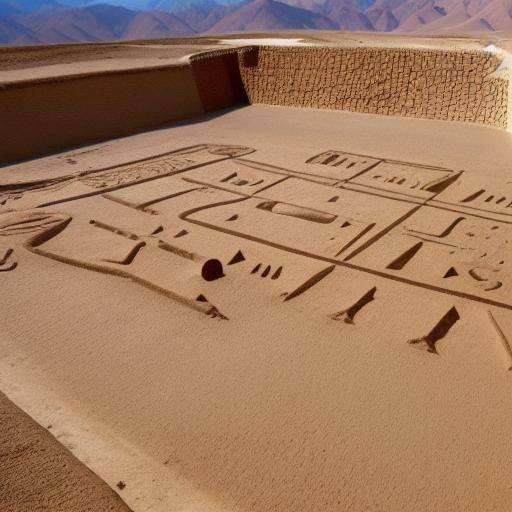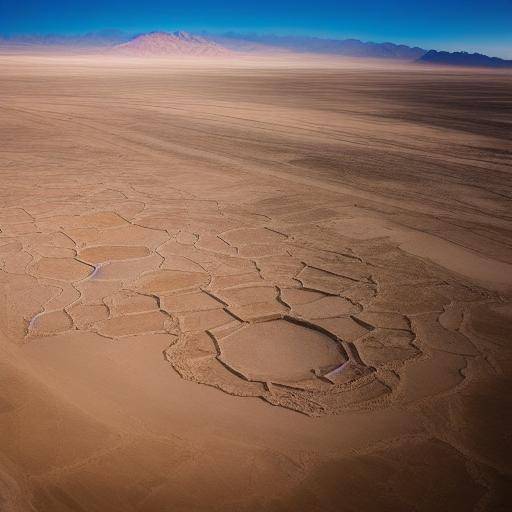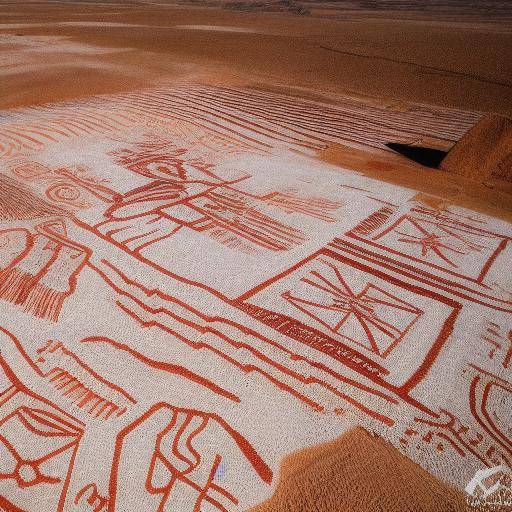
The mysterious Nazca Lines, the fascinating geoglyphs of Nazca culture, are one of the wonders of pre-Columbian art. These impressive figures traced on the arid soil of the Pampas de Jumana, in the Peruvian region of Ica, lead us to explore a unique cultural wealth that transcends time. This article invites you to immerse yourself in the ancestral art of this civilization, intertwining the geoglyphs of Nazca with ceramics and textile art, three pillars of the artistic legacy of ancient Peru. Throughout this reading, we will enter into the history, meaning and importance of these cultural expressions, as well as their relevance in the modern context.
History and Context
The history of the Nazca Lines dates back more than 2000 years, when this mysterious civilization leaves its legacy embodied in the arid and desert land. Nazcas, skilled ceramists and weavers, managed to create an artistic legacy of monumental proportions. These figures, some up to 370 meters in length, represent animals, human figures and geometric designs. These geoglyphs were not discovered by the Spaniards, which allowed their conservation, were registered as a UNESCO World Heritage Site.
This artistic manifestation is also expressed in Nazca ceramics, which exhibits unique technical skills and symbolism, and which is considered a benchmark of pre-Hispanic art. In addition to ceramics, the textile art of Nazca culture is an outstanding sample of its skill in the fabric and colouring of natural fibers. The representations of geometric figures and animals in the tissues transport us to a symbolic and aesthetically exceptional world.
Deep analysis
The art of the Nazca Lines, Nazca ceramics and textile art represent more than artistic expressions. These manifestations also account for a complex cosmovision, in which the Nazcas found a way to communicate with their gods and express their beliefs and desires.
Nazca ceramic, for its part, reveals a symbolic and cultural wealth that provides a window to the thought of an ancient civilization. The patterns, colors and designs present in these pieces are testimony to the ability of the Nazca artists to represent their symbolic and mythological universe.
In the case of textile art, the combination of colors and shapes reveal a complex cosmovision, embodied in garments that speak of a mythical and ritual world. Nazcas used these tissues as a means of expression to narrate stories and convey meanings related to their beliefs and rituals.
Comprehensive review
The transcendence of Nazca art, together with its ceramics and textile art, lies in the ability to establish connections between everyday and transcendental life. The Nazca Lines, for their part, continue to amaze experts and visitors, give rise to reflection on the value of cultural heritage and its preservation in time.
Despite the challenges associated with preserving these fragile geoglyphs and artifacts, their importance remains remarkable in the contemporary world. Modern technology and research have better understood the meaning of these enigmatic drawings in the pampa, contributing to their protection and conservation.
Comparative analysis
The art of the Nazca Lines and Peruvian art, as a whole, offer a unique window to the cultural richness of ancient Peru. The connection between lines, ceramics and textiles immerses us in a universe of creativity and traditions that continue to captivate humanity.
Practical Tips and Recommendations## Peruvian Art: An Inestimable Cultural Legacy
Peruvian art, enriched by the Nazca Lines, is a cultural legacy that transcends the barriers of time and space. The artistic expressions of this ancient civilization convey a message of creativity, technical skill and deep connection with the natural and supernatural environment.

